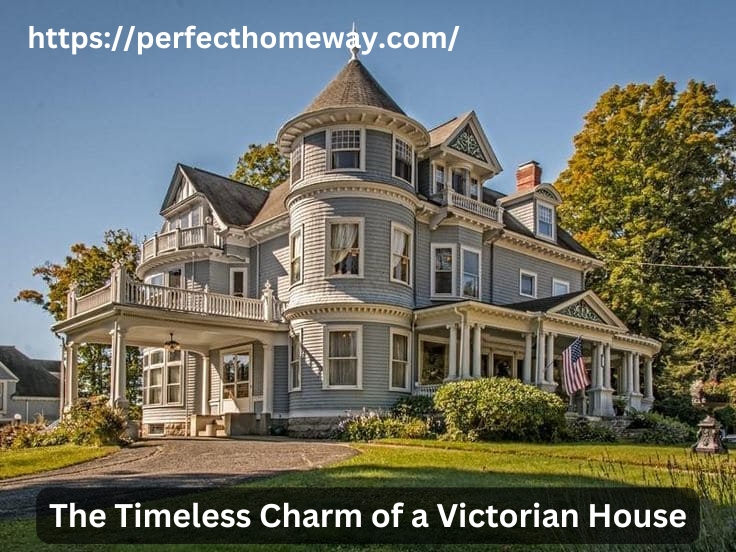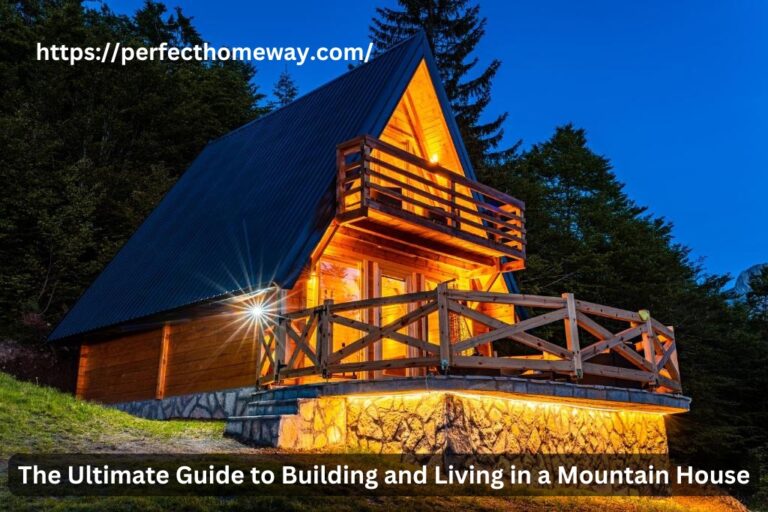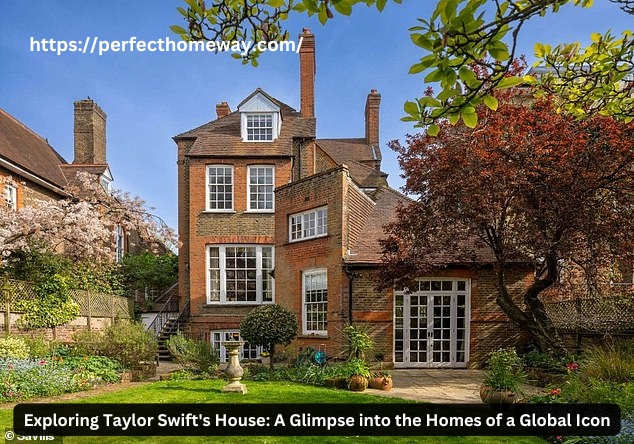The Timeless Charm of a Victorian House

A Victorian house is more than just a type of home; it is a symbol of architectural beauty and historical elegance. Known for their intricate designs, ornate details, and rich history, Victorian houses continue to captivate homeowners, historians, and architecture enthusiasts. Whether you are looking to buy, restore, or simply admire these homes, understanding their history, architectural styles, and key features will enhance your appreciation.
The History of Victorian Houses
Victorian houses emerged during the reign of Queen Victoria (1837-1901), a period that saw immense advancements in technology and design. The Industrial Revolution played a crucial role in the development of these homes, as new manufacturing processes allowed for the mass production of intricate architectural details that were once reserved for the wealthy.
:max_bytes(150000):strip_icc()/victorian-architecture-GettyImages-522659926-67f7319a300b47978a25a974bf82315a.jpg)
The Spread of Victorian Architecture
Initially popular in the United Kingdom, Victorian houses quickly spread to the United States, Canada, Australia, and other English-speaking nations. The expansion of railway networks and improved transportation allowed architects and builders to source materials from distant locations, leading to the diversity of styles seen in Victorian homes.
Key Architectural Styles of a Victorian House
Victorian houses are not limited to a single design; rather, they encompass several architectural styles, each with its unique characteristics. Some of the most prominent styles include:
1. Gothic Revival
Gothic Revival Victorian houses are characterized by pointed arches, steep gables, and intricate woodwork. Inspired by medieval European architecture, these homes often feature decorative stonework and stained glass windows.
2. Queen Anne
Perhaps the most recognizable type of Victorian house, Queen Anne homes are known for their asymmetrical facades, large wrap-around porches, and vibrant color schemes. These homes often include elaborate trim, turrets, and bay windows, making them stand out in any neighborhood.
3. Italianate
Influenced by Italian Renaissance architecture, Italianate Victorian houses feature low-pitched roofs, tall windows, and decorative brackets under the eaves. These homes exude a sense of grandeur, often with elaborate doorways and columns.
4. Second Empire
Popular in the mid-to-late 19th century, Second Empire homes are easily identified by their mansard roofs. This architectural style was inspired by French designs and often features dormer windows, decorative ironwork, and symmetrical facades.
5. Stick Style
Stick-style Victorian houses emphasize wooden framing and decorative stickwork on the exteriors. They have steeply pitched roofs, deep eaves, and exposed beams, giving them a distinctively rustic yet intricate appearance.
Common Features of a Victorian House
Regardless of the specific architectural style, Victorian houses share several common features that set them apart from other types of homes.
- Ornate Woodwork: From carved banisters to intricate moldings, woodwork is a defining feature of Victorian homes.
- Stained Glass Windows: Many Victorian houses feature colorful stained glass windows that add character and charm.
- High Ceilings and Large Windows: To maximize natural light, Victorian homes often have tall ceilings and expansive windows.
- Elaborate Fireplaces: These homes frequently include decorative fireplaces with detailed mantels.
- Towers and Turrets: Some Victorian houses, especially Queen Anne styles, incorporate towers or turrets for a castle-like appearance.
- Patterned Roofs: Slate or tile roofs with intricate patterns and colors are common in Victorian architecture.
The Appeal of Owning a Victorian House
Many homeowners are drawn to Victorian houses for their historical charm, spacious interiors, and unique designs. However, owning a Victorian house also comes with challenges and responsibilities.
Advantages
- Aesthetic Beauty: Victorian homes are visually stunning, with intricate details that make them stand out.
- High-Quality Craftsmanship: Built during an era that valued durability, many Victorian houses feature high-quality materials and construction.
- Spacious Layouts: These homes often have multiple floors, large rooms, and high ceilings, making them ideal for families.
- Potential Investment Value: Well-maintained Victorian houses often appreciate in value due to their historical significance and charm.
Challenges
- Maintenance Costs: Due to their age, Victorian homes may require extensive maintenance and repairs.
- Energy Efficiency: Many Victorian houses lack modern insulation and may require updates for energy efficiency.
- Restoration Costs: Restoring a Victorian house to its original glory can be expensive, especially if historical accuracy is a priority.
Tips for Restoring a Victorian House
If you own or plan to purchase a Victorian house, restoring and maintaining its historical integrity is essential. Here are some key tips for restoration:
- Research the Home’s History: Understanding the original design and materials used will help maintain authenticity.
- Preserve Original Features: Keep elements such as stained glass, woodwork, and antique fixtures intact whenever possible.
- Use Period-Appropriate Materials: When making repairs or updates, opt for materials that match the home’s original construction.
- Upgrade for Modern Comfort: While preserving history is important, modernizing plumbing, electrical systems, and insulation can make the home more livable.
- Hire Skilled Craftsmen: Working with professionals who specialize in historic restoration ensures quality work that respects the home’s original design.
Conclusion
A Victorian house is a timeless piece of history that offers unmatched charm and elegance. Whether you appreciate them for their intricate architecture, historical significance, or investment potential, these homes continue to captivate people worldwide. While they come with maintenance challenges, the rewards of owning a well-preserved Victorian house far outweigh the efforts. If you have the opportunity to own or restore one, you will not only be preserving history but also creating a unique and cherished living space that stands the test of time.






